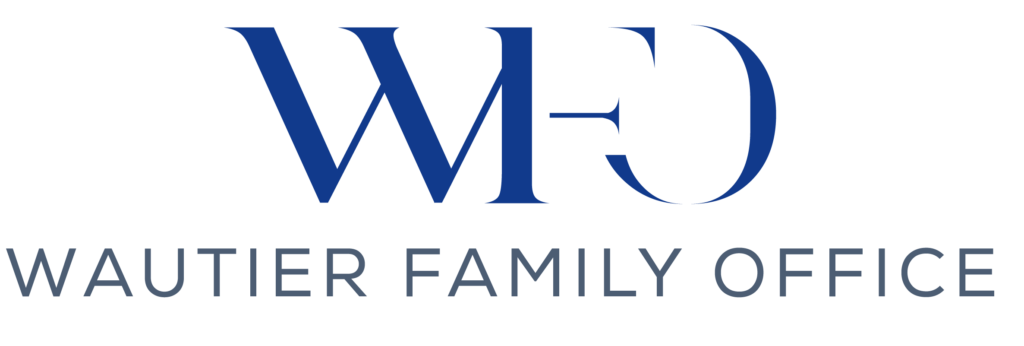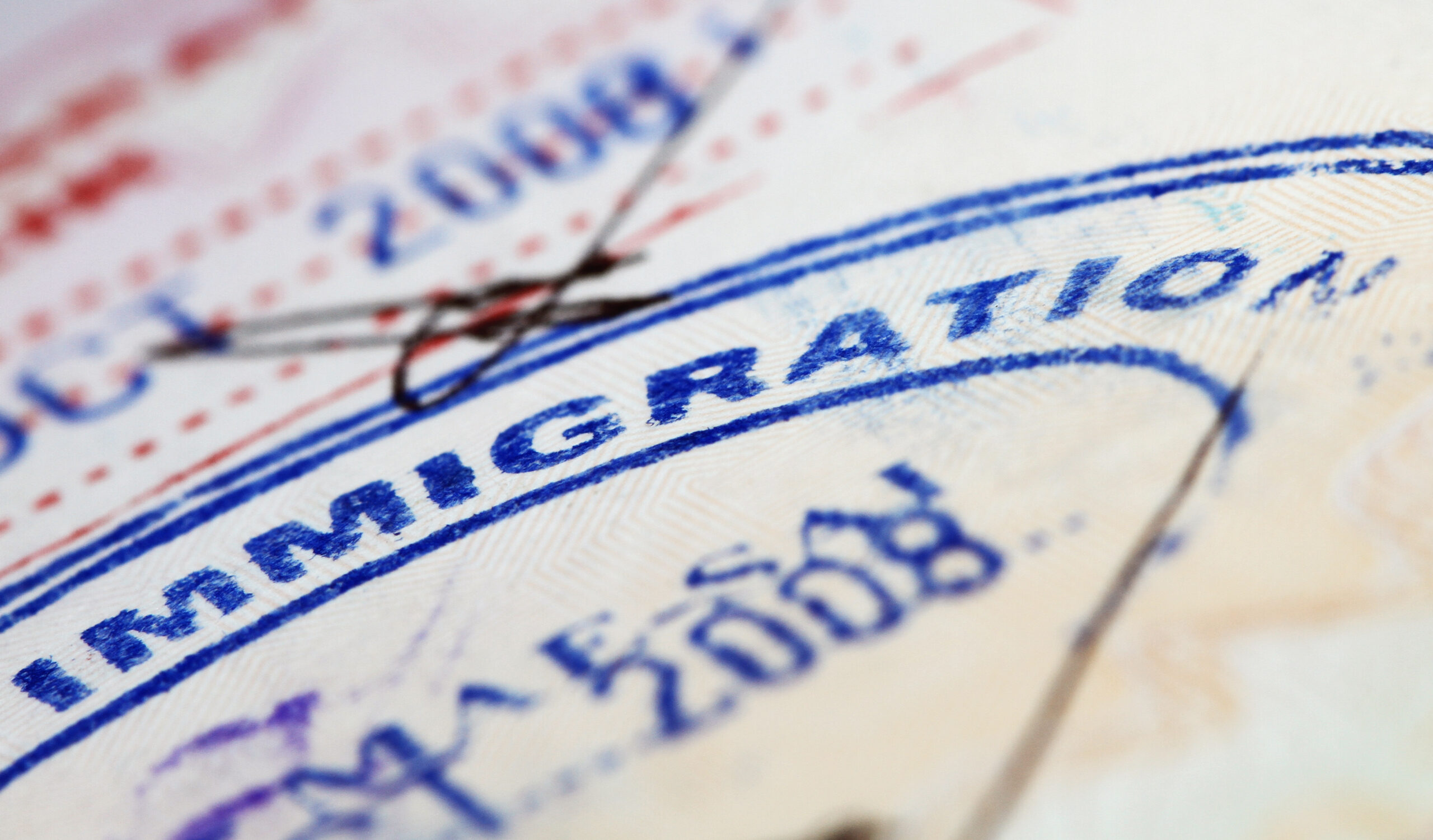How do immigration policies shape labor markets and wage levels across different industries? Can immigration policies balance economic growth with long-term social cohesion? What role do immigration policies play in fostering integration versus division in society?
Immigration policies play a central role in shaping labor markets by influencing who enters the workforce, what skills they bring, and how they affect wages and productivity. While some argue that immigrant labor depresses wages for low-skilled native workers, research shows that many industries—particularly those facing labor shortages—depend on immigrants to remain competitive. Moreover, immigration policies can drive innovation and entrepreneurship, fueling job creation and economic growth. In this way, the design of immigration policies not only addresses immediate labor demands but also shapes broader national competitiveness.
Beyond economics, immigration policies deeply affect social cohesion. Effective policies that promote integration, language training, and civic participation can strengthen multicultural societies, while restrictive frameworks risk fostering division and distrust. Public perceptions, amplified through political debate and media narratives, further shape how immigrants are received and integrated. Ultimately, immigration policies stand at the intersection of economics and culture, determining not just the health of labor markets but also the resilience of communities in increasingly diverse nations.
There are very few topics for public debate as charged as immigration. I have observed the level of emotion in this debate rise over the years, in my roles as an investor and teacher. While emotion and public policy should not be mutually exclusive, it is problematic when appeals to emotion crowd out logical debate, informed by data.
The effect is exacerbated by the short-term time horizons of some in the political classes who sometimes cynically exploit the valid concerns of their citizens about job security, economic growth, and their children’s futures by painting those who are seeking to immigrate to that nation as threats to all of these things. On the other hand, the large-scale subversion and bypassing of formal immigration mechanisms have created social tension at local and national levels, which has created the conditions for such characterizations to take root.
And of course, immigration cannot be separated from the broader forces of globalization, which have accelerated the movement of people, capital, and ideas across borders. These global dynamics intensify the debate, shaping both the opportunities and the challenges that societies must navigate.
This (somewhat unusual) preamble is here to say, more explicitly than usual, that this issue is highly vexed with few simple or proven solutions. The focus here will aim to be true to what has been observed, with recourse to data wherever possible, and without a strong tie to any particular worldview. Let’s begin.
Table of Contents:
Types of Immigration Policies
Immigration policies have reshaped the modern global economy, labor markets, societies, and even political systems worldwide. Most countries in Europe, North and South America are grappling with demographic change, technological disruption, and uneven patterns of economic growth brought about by the movement of people across borders.
This is a complex debate. On one hand, large-scale immigration has emerged as both a vital source of economic opportunity and a factor in growing economies. However, that growth is not without discomfort and adjustment from the receiving economy.
At the heart of this issue lies immigration policy enacted by elected officials. Immigration policy, as we discuss it here, encompasses a regulatory framework through which governments determine who can enter, reside, and, most pertinently for our purposes, work within a set of national borders. These policies are not only instruments of border control but also powerful tools that shape the supply of labor, influence national competitiveness, and determine the degree of social cohesion in increasingly diverse communities. Understanding immigration policy, therefore, requires examining the economic impact on jobs, wages, and productivity, as well as its social consequences, including integration, trust, and cultural identity.
Immigration encompasses a range of mechanisms that reflect a country’s economic priorities, humanitarian commitments, and social objectives. Economic-based policies are perhaps the most visible in advanced economies. Countries like Canada and Australia have implemented points-based systems that evaluate prospective migrants according to age, education, language ability, and professional skills. These systems can be considered an additional guiding hand on the allocation of labor, aiming to match the supply of immigrant labor with areas of domestic demand. The corollary of that approach is that industries that are well-catered to, or overserved by domestically available workers, are not recipients of additional sources of labor and skills that would go underutilized or unrewarded.
Other immigration policies and frameworks rely on employer-sponsored visas, where businesses petition for foreign workers to fill shortages that cannot be met locally. The United States’ H-1B visa program is a well-known example, designed to attract highly skilled professionals in specialized fields.
Alongside economic channels, humanitarian and asylum policies represent another pillar of immigration systems. These frameworks are driven less by labor market needs than by international obligations and ethical considerations. Refugee resettlement and asylum procedures provide legal pathways for individuals fleeing war, persecution, or natural disasters. For example, Germany’s intake of Syrian refugees in 2015 illustrates how humanitarian crises can shape national immigration policy in profound and lasting ways.
Border enforcement and quotas, meanwhile, serve as restrictive instruments. Governments impose caps on the number of immigrants admitted annually, set visa limitations, and enforce deportation rules for those residing unlawfully. These measures reflect the political and social pressures to regulate the flow of people while maintaining national security and sovereignty, and there have been many examples of this taking place in recent times.
Finally, naturalization and integration policies form the bridge between temporary residence and permanent belonging. Pathways to citizenship often involve residency requirements, language proficiency, civic tests, and adherence to local cultural norms. The extent to which these policies promote inclusion versus exclusion significantly affects how well immigrants adapt and contribute to their new societies.
Impact on Labor Markets
The most immediate, visible, and often viscerally felt impact of immigration policies is on labor markets. The arrival of immigrants expands the labor supply, allowing economies to fill critical shortages in the sectors that need workers. In many advanced economies with aging populations, immigration has become a vital counterbalance to declining birth rates, ensuring that industries from healthcare to construction remain adequately staffed. For example, in the United States, immigrants make up 19% of the total labor force, with particularly high concentrations in agriculture, hospitality, and technology.
The effects on wages are more complex and often vary according to skill level. Research shows that immigration can put modest downward pressure on wages for low-skilled native workers who compete directly with immigrant labor. However, for high-skilled native workers, immigration is often complementary. This is because immigrants take on roles that support and expand overall productivity. For instance, immigrants working in the sectors of the economy that care for others (aged care, child care) can free up native workers to pursue higher-skilled roles or return to studying. This, in turn, creates a positive redistribution of labor across the economy as immigrants are able to find roles that suit their immediate skills and abilities while delivering benefits to the local workforce through upskilling.
Immigration policies also have the potential to drive job creation and productivity through entrepreneurship and innovation. Immigrants are disproportionately represented among business founders and patent holders. In the United States, more than 45% of Fortune 500 companies were founded by immigrants or their children. This entrepreneurial dynamism generates not only new employment opportunities but also long-term economic growth. Moreover, immigration tends to produce occupational segmentation, with certain groups concentrated in agriculture, cleaning services, or IT industries.
Impact on Social Cohesion
While the economic effects of immigration policies often dominate policy debates, the social consequences are equally significant. In recent elections, they have also been a lightning rod in political debates on both sides of the Atlantic. The simple and powerful message of immigrants taking the jobs of existing local workers has had a powerful cut-through and influenced voting patterns in key areas, even if the reality of such arguments is far more nuanced and less clear-cut than simple slogans would suggest.
Social cohesion is not an easy ideal to achieve. True integration into local communities depends heavily on shared language, values, and cultural practices. Policies that provide language training, civic education, and access to labor markets tend to yield more positive integration outcomes than exclusionary or restrictive approaches.
Public perceptions also play a critical role in shaping social cohesion. This can cut both ways. Media narratives and political discourse can either foster understanding and inclusion or amplify fear and division. In contexts where immigration policies are portrayed as a threat to national identity or economic security, trust between groups can erode, reducing social capital and civic participation. Conversely, narratives highlighting immigrant contributions, such as in healthcare during the COVID-19 pandemic, can strengthen collective resilience and mutual respect. This discourse also depends on the presence of a single dominant narrative that becomes widely (but not universally) accepted, a feat that is increasingly difficult to achieve in a fragmented media landscape with dozens more influential voices than in the past.
Another dimension of social cohesion involves access to public services and infrastructure. Large inflows of immigrants can place pressure on housing, schools, and healthcare systems, particularly in urban centers. The availability and affordability of housing, in particular, has been a common spark for calls to “slow down” immigration programs to allow for investment in additional stock to catch up to the increased levels of demand that migration creates. However, over the longer term, immigrant contributions to tax revenues often offset initial strains, enabling governments with good spending discipline and revenue allocation decisions to expand and improve public services.
Finally, immigration policy influences whether societies develop along inclusive or segregated lines. Inclusive policies that encourage integration and equal opportunity promote multicultural communities where diversity is valued as an asset. By contrast, restrictive or exclusionary frameworks may contribute to the formation of ethnic enclaves and social segregation, which can heighten divisions and reduce trust.
Policy Design Considerations
Designing effective immigration policy requires balancing economic imperatives with social outcomes. Policymakers must weigh the demand for labor against the need to preserve social cohesion and political stability. For example, while rapid inflows of workers can help industries address immediate shortages, poorly managed integration can lead to social tension that undermines long-term benefits. The role of local versus national policies is also critical. Local governments often manage the day-to-day realities of immigrant settlement, from housing to education, and their success or failure can determine broader perceptions of immigration. Therefore, there also needs to be strong mechanisms of communication and coordination between immigration policy setting at a national level, and the “on the ground” service delivery required at the local level.
Furthermore, effective policy must remain responsive and adaptive to changing migration trends. Global crises, demographic shifts, and technological change can rapidly alter the context in which immigration occurs. Countries that maintain flexible systems that can adjust visa quotas, update skill requirements, and provide integration support are better positioned to harness the benefits of immigration while mitigating risks.
Key Takeaways
Immigration policy stands at the intersection of economics and society, shaping labor markets while influencing the fabric of communities. It determines not only how many workers enter a country but also how they participate in and are perceived by the host society.
As this discussion shows, the effects of immigration are deeply interdependent: policies that successfully address labor shortages can fail if they neglect integration. In contrast, policies that promote social cohesion may falter without attention to economic realities.
Ultimately, immigration policy appears best understood as a delicate balancing act. It is the finely tuned balance point where economic needs, humanitarian obligations, and social values must coexist. The choices that governments make must both reflect the collective will of their electors and a coherent, data-driven strategy for the future of their economies.




